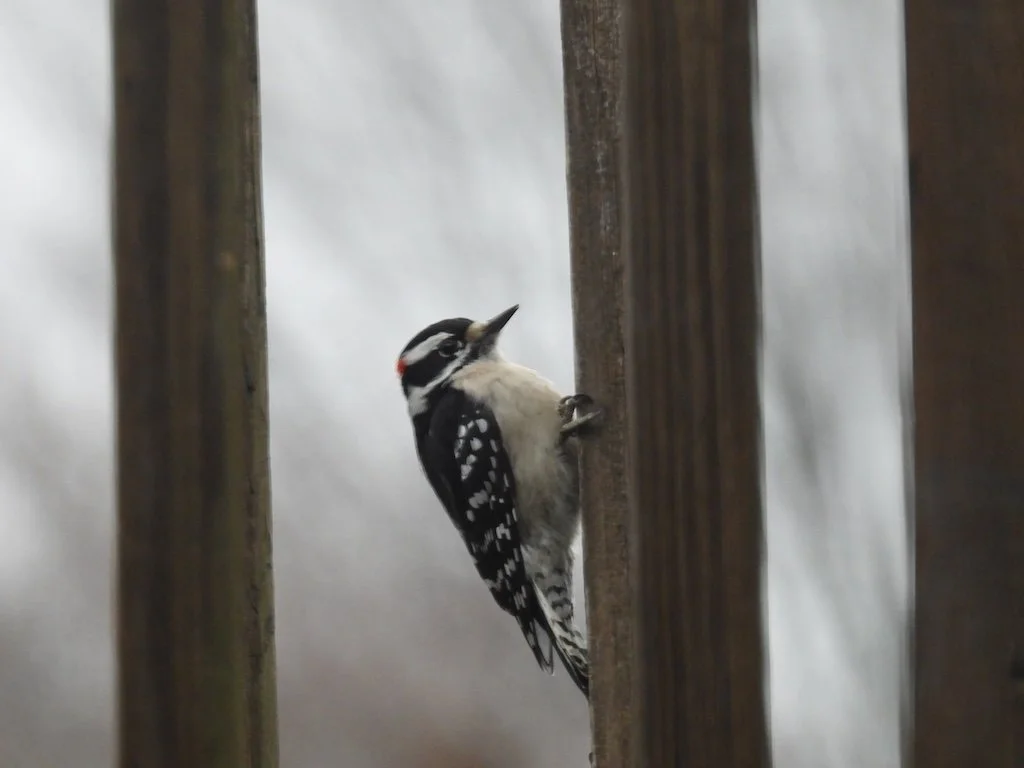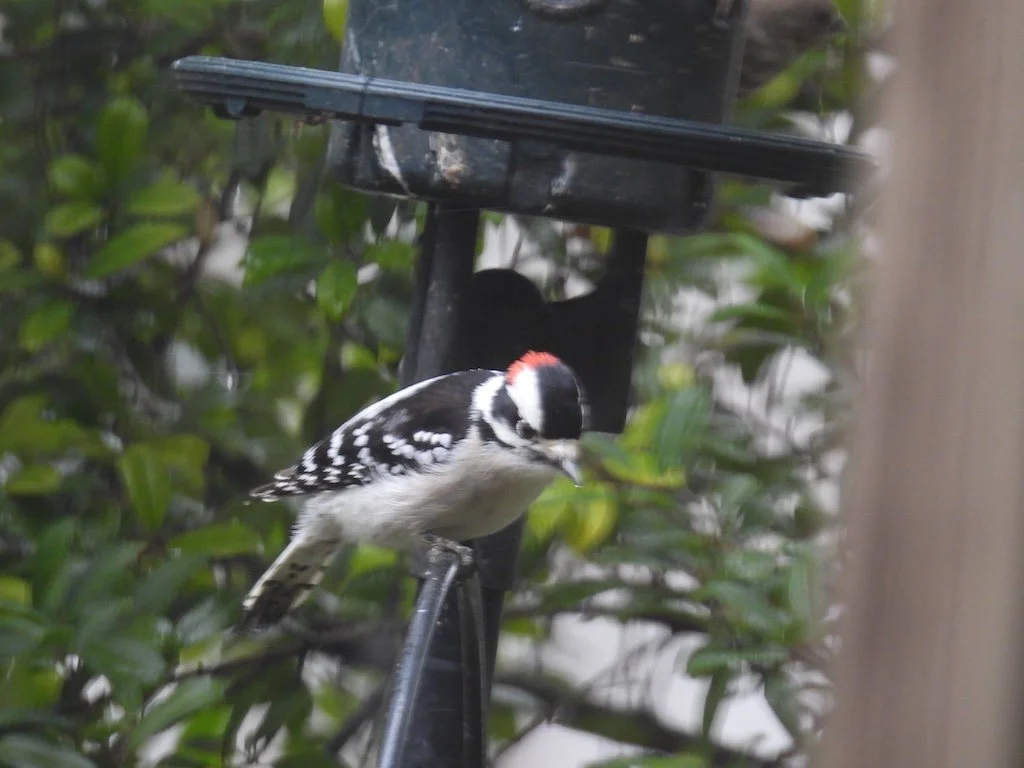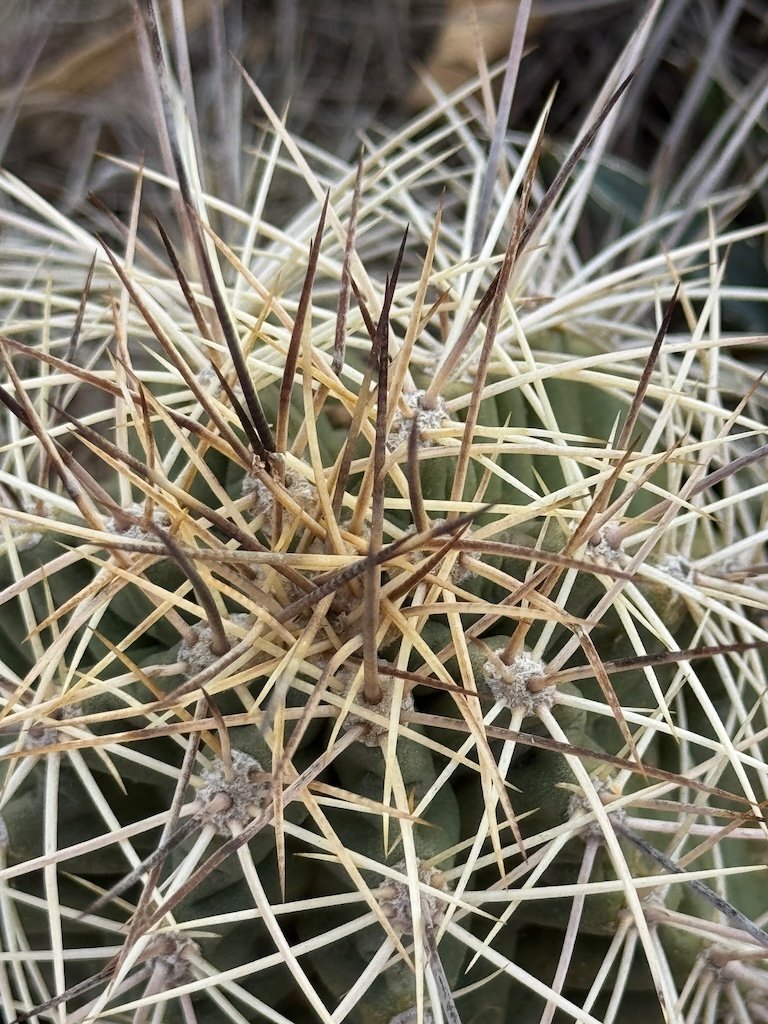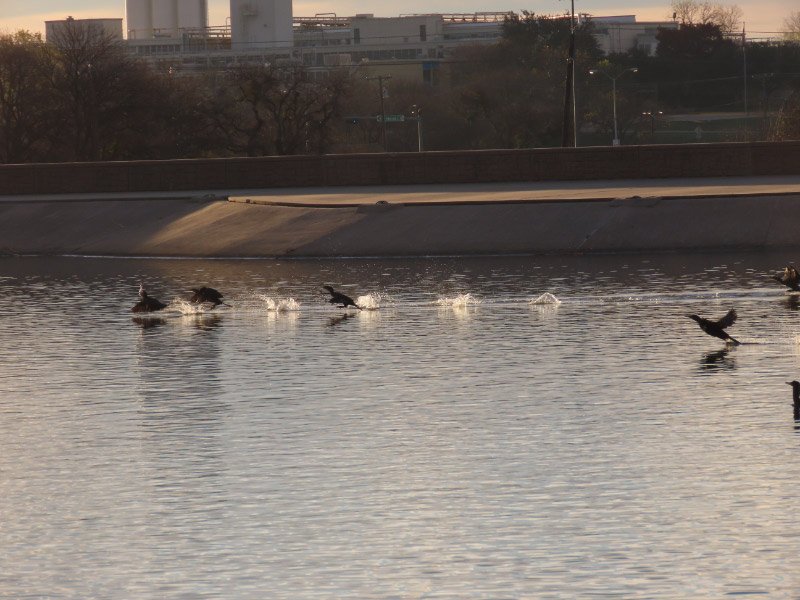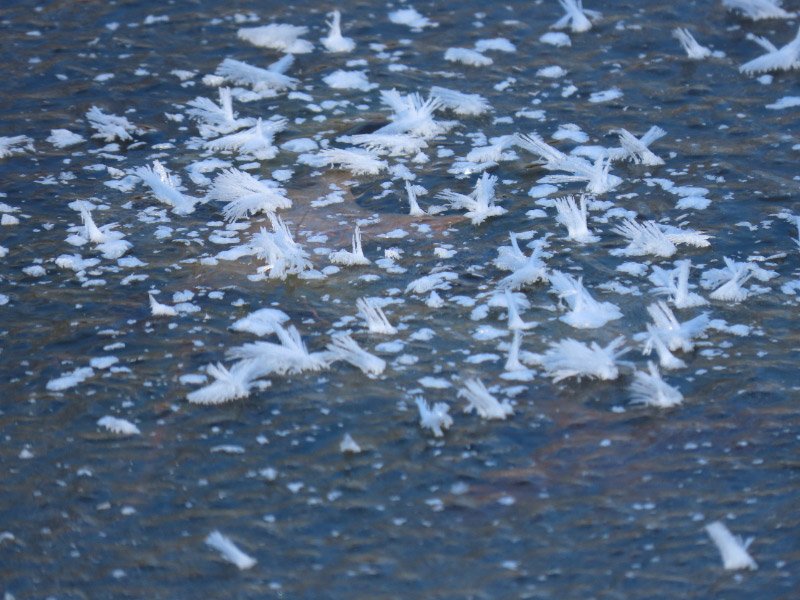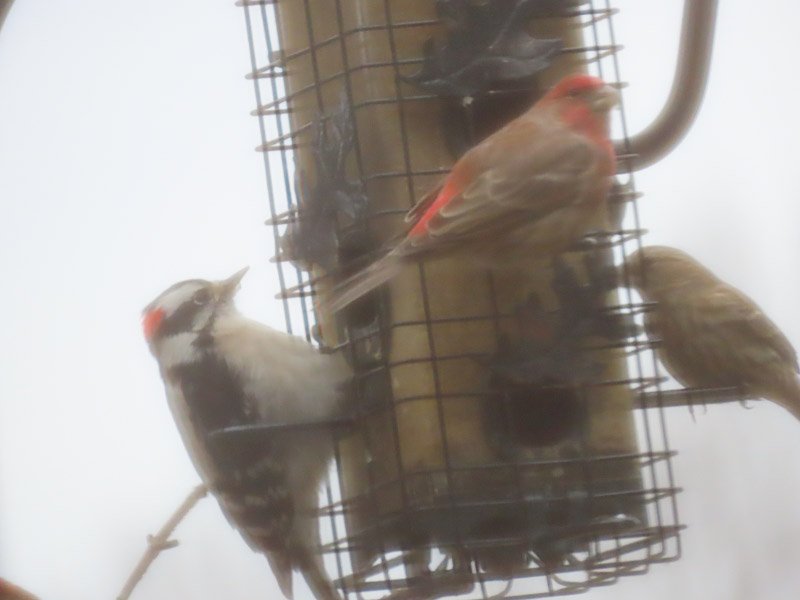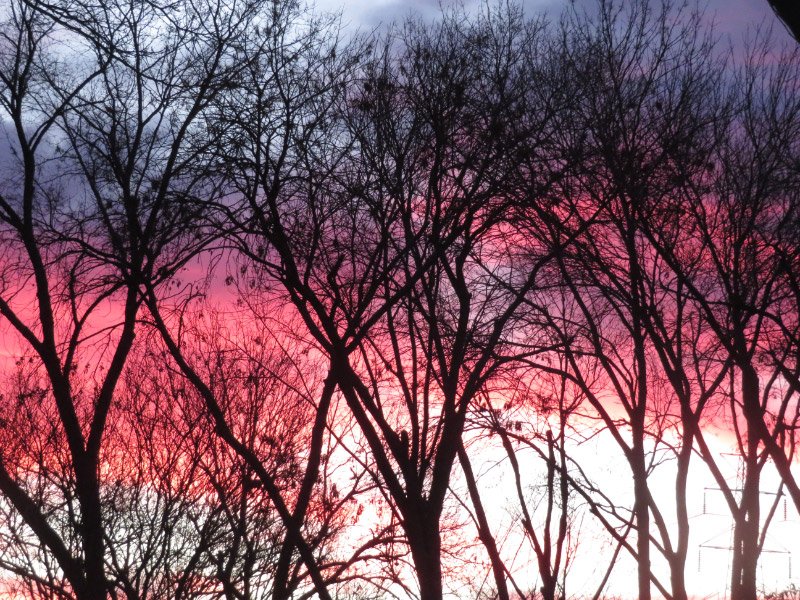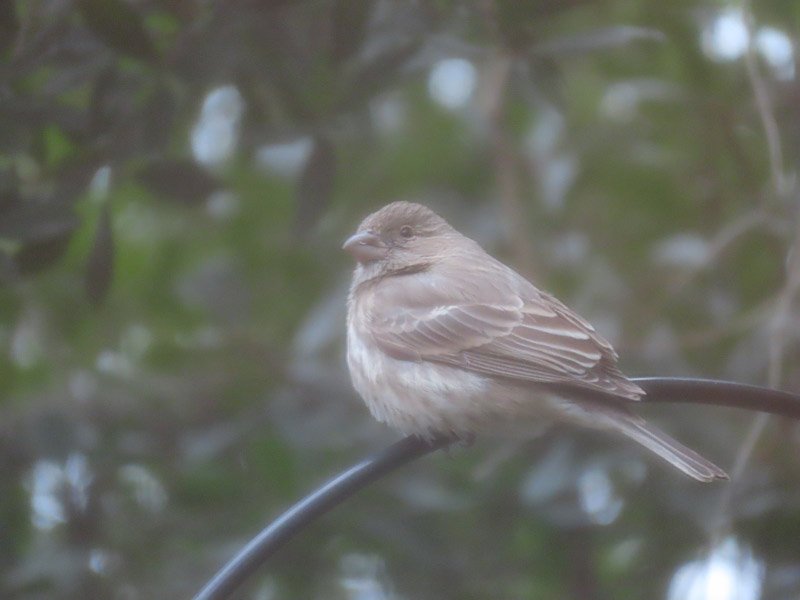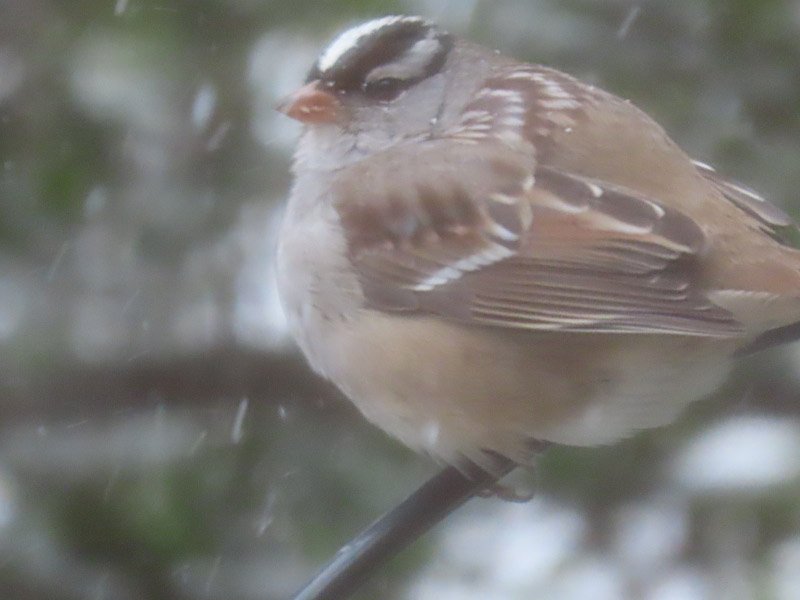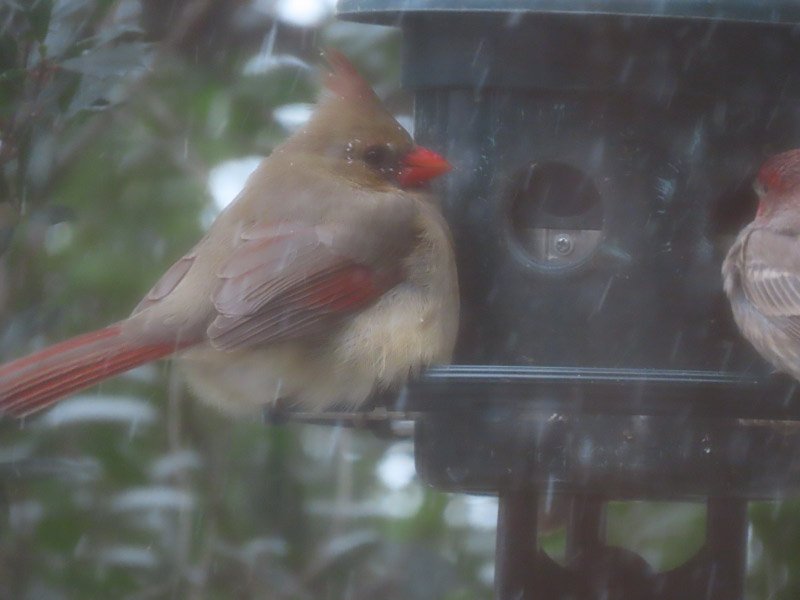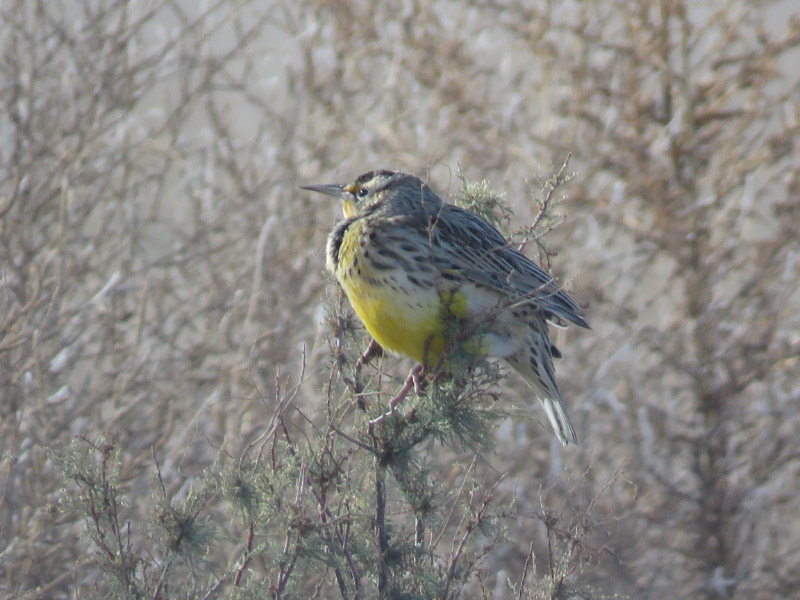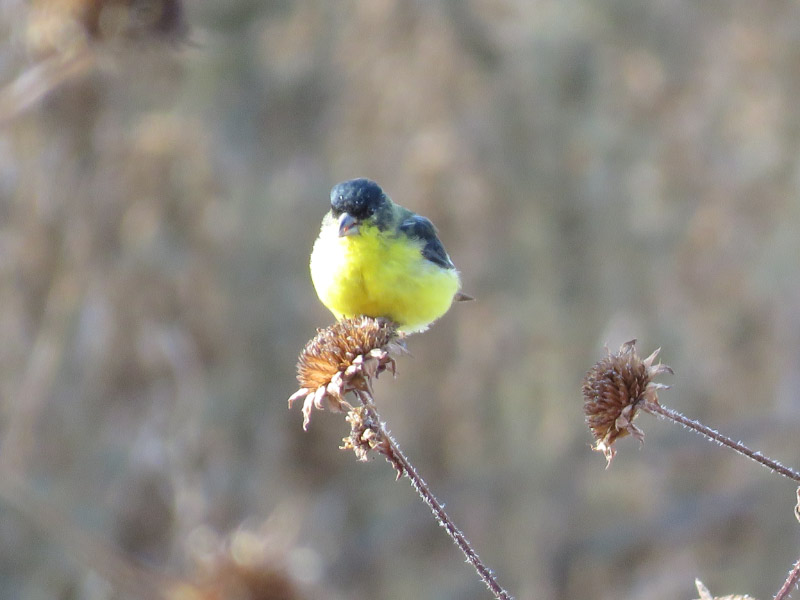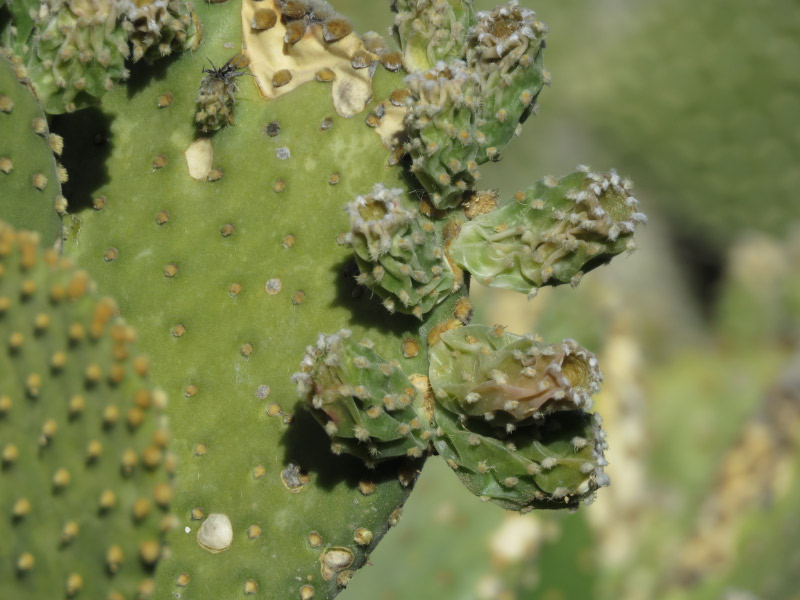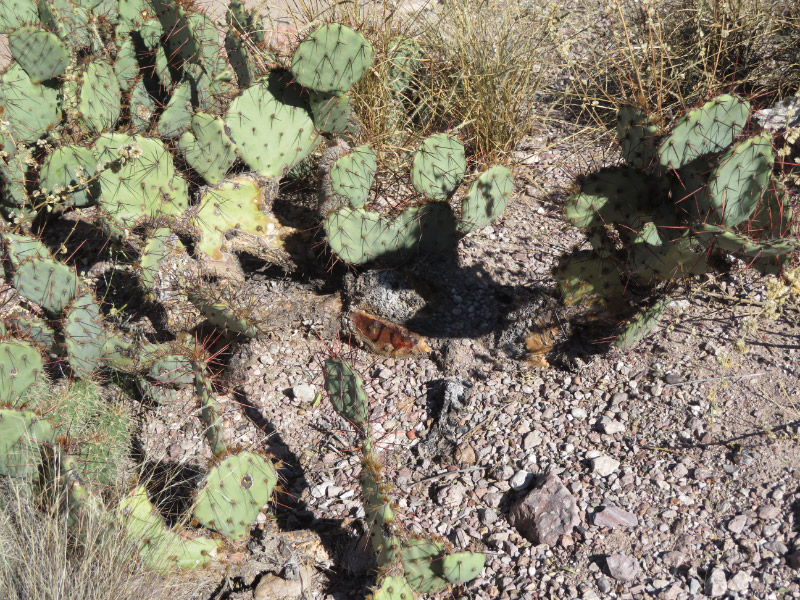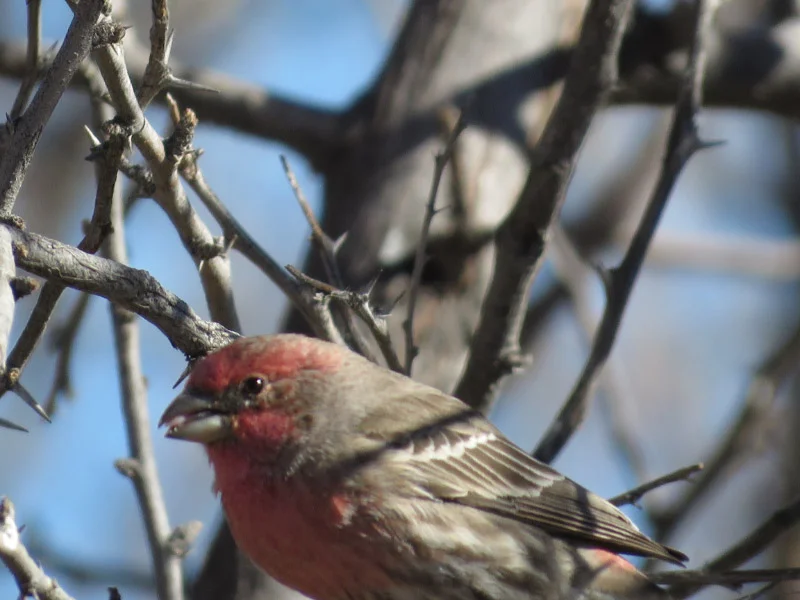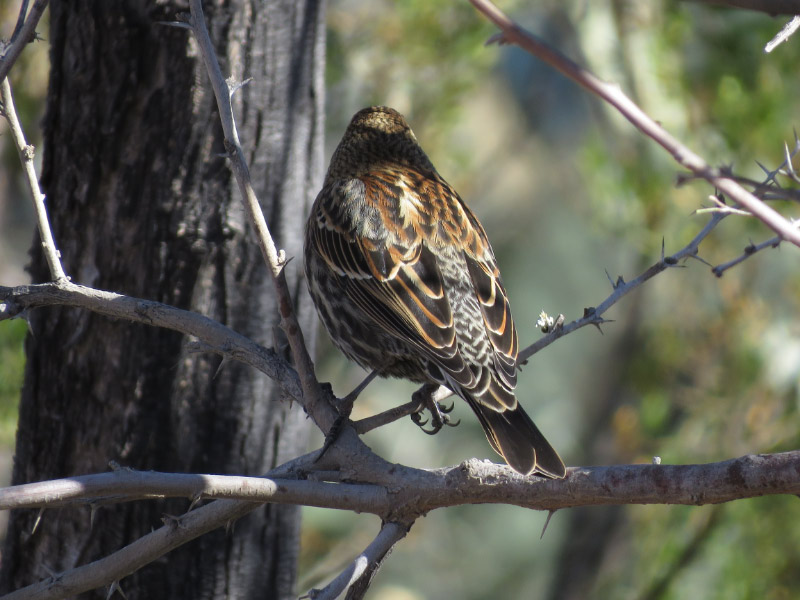Project FeederWatch – February 2025
/Our fourth month of weekly Project FeederWatch counting continued with our regulars: white-crowned sparrows, white throated sparrows, house finches, gold finches, cardinals, dark eyed juncos and mourning doves….and unfortunately starlings. The chickadees, Carolina wren, titmouse, and downy woodpecker are occasional visitors.
We had two surprises recently –
A fox sparrow showed up on a very cold, snowy day and ate for almost our whole observing time…and stayed in the area for the duration of the very cold weather.
A red shouldered hawk made an appearance in our yard. I think it lives in our neighborhood, but I hadn’t seen it come as close to our feeders before. All the birds around our feeders disappeared well before we saw the hawk swooping in from the direction of the pond. I’m not sure which one raised the alarm but they scattered very quickly.
When snow is on the ground, it seems like the birds are more frenzied at the feeders and any seed that has spilled onto the ground below. They need calories to keep themselves warm! The Caroline wren never seems to be around when it is very cold and I wonder where it stays….hope it survived.




